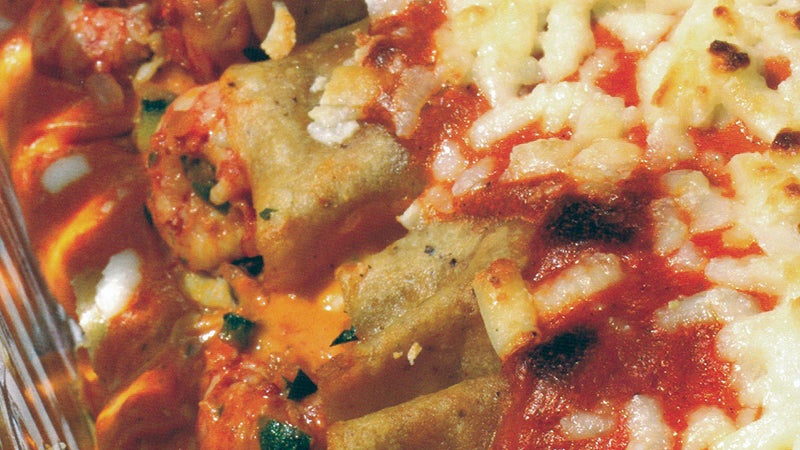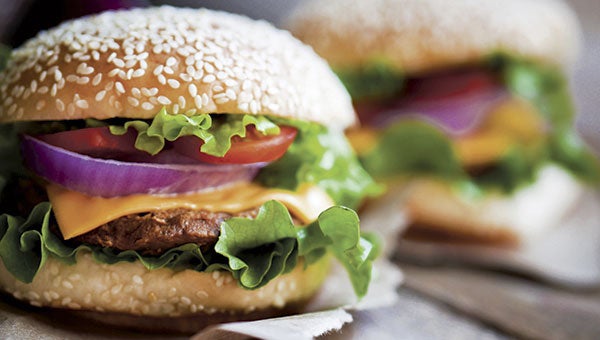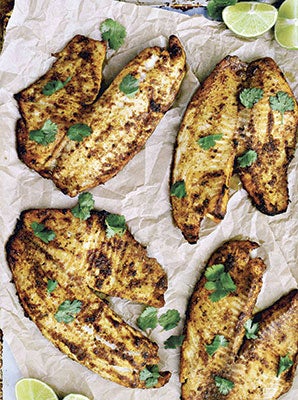Fava beans – They’re not what you think
Published 12:00 am Saturday, May 1, 2010
Fava beans, broad beans or horse beans are a springtime treat that you will enjoy despite the work involved in shelling them. Once they are shelled it takes only a few minutes to cook them.
The ancient Romans relied on them as one of their staples. Modern Italians and the French still enjoy them, but they were generally displaced a few hundred years ago when string and kidney beans were introduced. I first took note of them at the farmer’s market last spring before the peas came in. So I did a little investigating and decided to plant them last fall. They like cool, wet weather so here in the deep South they must be planted in the fall. I was a little skeptical about the bad winter we had but they seemed to fair OK and took off as things got closer to spring. They can grow 3 to even 6 feet tall but do not twine. I staked mine, and it may have kept them from falling over. A very pretty white and black bloom heralded our first favas about the first of April.
The seed catalogues suggest they taste like a cross between peas and limas.
The favas need to be shelled and cooked immediately after shelling, because they deteriorate on contact with the air. In fact, they are best shelled right into a bowl of cold water. You also need to slip/peel their inner skin as well. Split the skin with your thumbnail or the tip of a knife and peel it off. They can be used like snap beans if harvested very early. They can be eaten raw.
The skins are slightly bitter but some people will eat them with skins on. I think they are best skinned. They can be used in soups or pureed. The young leaves can be used in salads or cooked like spinach. The beans can be fried till they split open and then salted.
The Portugese use them in Balo Rei – King Cake. The Italians plant them on All Souls Day – probably appropriate for us as well (I looked back. I planted mine the first of October not November).
They cook very quickly in a little liquid and are delicious with a little butter and fresh savory. I think Roger Vergé’s young fava beans in cream, is the best tasting recipe.
See if you can find some in the market or consider planting some this fall for a treat early next spring.
Buttered Young Fava Beans
4 servings
5 ½ pounds small fava beans
1 scant cup chicken stock
4 tablespoons butter
A sprig of fresh savory (you can substitute thyme)
2 tablespoons chopped parsley
Salt and freshly ground black pepper
Shell the beans and slip each bean out of its tough skin. In a shallow pan, bring the chicken stock to the boil; add a little salt. Add the fava beans, 1 tablespoon of the butter, and the savory. Boil over high heat; uncovered, for five minutes.
When no more than 2 tablespoons of cooking liquid remains, the beans are done. Remove the savory, and add the remaining butter and parsley. Let the sauce boil so that the butter will be emulsified into the cooking liquid and become creamy.
Season to taste with salt and pepper, and serve hot.
Young Fava Beans in Cream
4 servings
5 ½ pounds young fava beans
¾ cup heavy cream
A sprig of fresh savory
Salt and freshly ground black pepper
1 tablespoon chopped parsley
Shell the beans and slip each bean out of its tough skin.
Pour the cream into a shallow pan; add salt and the savory, and bring to the boil. Add the fava beans and boil, uncovered, for five minutes.
Check that the beans are done; they should be tender but not falling apart. Remove the savory.
Add salt and pepper to taste and sprinkle with chopped parsley.
Sautéed Favas With Garlic and Fresh Thyme Flowers
Serves 4 as a side dish
3 garlic cloves, crushed
2 tablespoons olive oil
2 cups shelled favas (about 4 pounds unshelled)
6 flowering thyme sprigs, each about 3 inches long
Salt and pepper to taste
Additional thyme flowers for garnish
Sauté the garlic in the olive oil in a sauté pan or skillet until nearly tender. Add the favas, thyme, salt and pepper. Cook until the favas are tender, about 10 minutes. Remove the thyme sprigs. Garnish with thyme flowers and serve.
Favas Baked with Whole Baby Garlic and Fresh Rosemary
Serves 3-4 as a side dish
6 whole baby garlic heads, or peeled cloves from 4 mature heads or garlic
2 cups shelled favas, about 4 pounds unshelled
4 sprigs fresh rosemary, or 1 teaspoon dried rosemary
¼ cup olive oil
Salt and pepper to taste
Olive oil
Preheat the over to 350 degrees.
Arrange the garlic in the bottom of a small baking dish appropriate to bring to the table. Surround with the favas and cover with the rosemary. Drizzle the olive oil evenly over the vegetables. Cover and bake for 40 minutes, or until garlic is tender.
Season with salt and pepper, moisten with additional olive oil, and serve as is.





